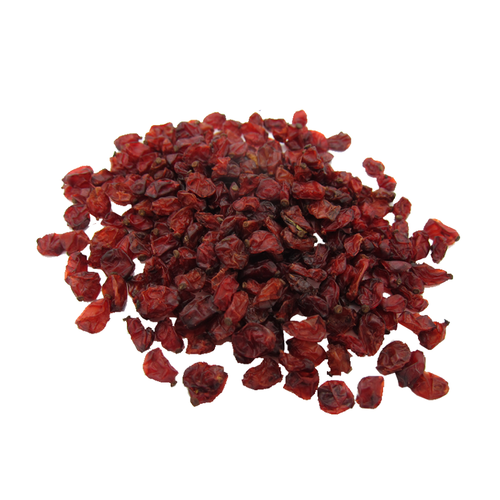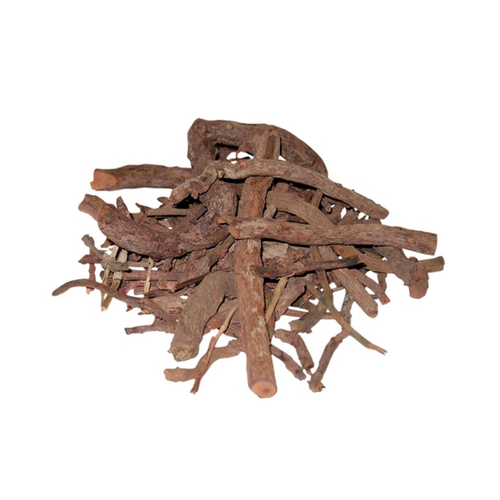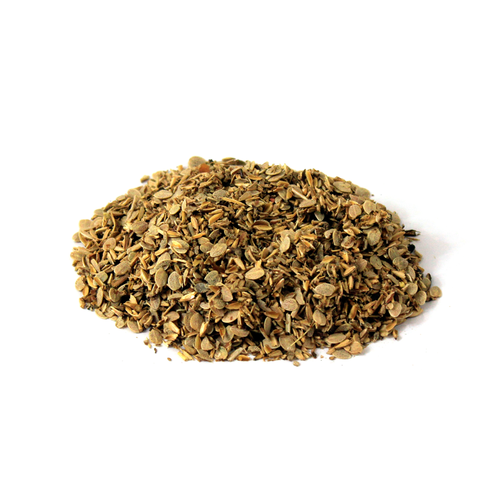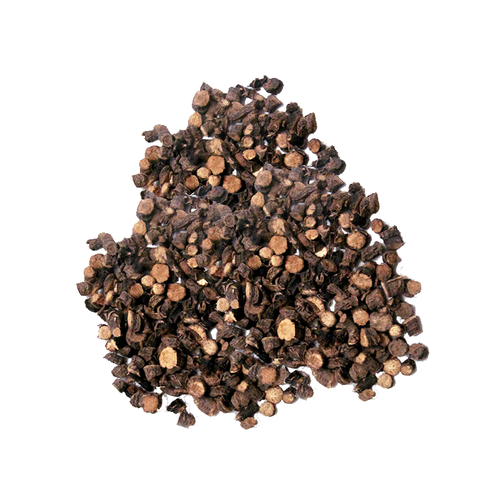Sumac ( Sumaq )
Sicilian Sumac, Tanner’s Sumach, Elm-Leaved Sumach
₨ 120 – ₨ 1,100
CompareWhat Is Sumac?
If you immediately thought, “poison ivy? No, thanks,” not to worry. Although, some species of the plant are poisonous, the superfood spice version we’re talking about here comes from the berries of the Rhus coriaria plant and is totally safe to eat. “It’s a versatile spice with a tangy, lemony, but also fruity flavor,” says Dawn Lerman, MA, CHHC, LCAT, a board-certified nutrition expert. The fruit’s berries form in dense clusters on bushes, which are native to the Middle East. “They’re then dried into a tangy purplish or maroon spice that’s high in antioxidants,” Lerman says. It can be found in whole berry form, but more often you’ll find it in spice markets as a powder.
Ingredient Name :
Rhus coriaria Linn.
Arabic Name : Summaaq, Timtim, Tamtam, Tumtum
Bengali Name : Sumok
English Name : Sumach, Elm-leaved Sumach
French Name : Sumac
German Name : Gerberstrauch, Sizilianischer Sumach
Hindi Name : Tatrak, Raitung
Kashmiri Name : Samak, Chokmusur
Latin name : Rhus coriaria Linn.
Marathi Name : Sumak
Persian Name : Samaaq, Sumaaq
Punjabi Name : Minas, Ninawa, Samakdana
Sanskrit Name : Tandidik
Urdu Name : Sumaq
Recommended Dosage:
3 to 6 g powder.
Contraindication:
This herb has no known warnings or contraindications.
The Health Benefits of Sumac
Antioxidants are one of the biggest health benefits of sumac spice, says Despina Hyde, MS, RD, CDN, CDE, at NYU Langone Medical Center. “Sumac ranks very high on the ORAC chart, which ranks foods’ antioxidant capacity,” she says. “That’s the ability to neutralize the free radicals that can cause cancer, heart disease, and signs of aging.” These antioxidants also make sumac a great addition to an anti-inflammatory diet, which can ward off illnesses like coronary heart disease, says Kristen Kirkpatrick, a registered dietitian and manager of nutrition services at the Cleveland Clinic Wellness Institute. Sumac has been shown to have a positive effect on diabetes patients. One study found that daily intake of the superfood for a period of three months lead to a lower risk of cardiovascular disease among participants with type 2 diabetes.
How to Eat Sumac
Use it as a rub on chicken or fish, in a marinade or dressing, or sprinkle the spice on hummus, suggests Lerman. You could also add sumac to yogurt or to season sweet potato fries or chips. It’s tasty in beverages, too, from sumac lemonade and You can even make a natural cough syrup, which you can make by boiling sumac, water, and a little honey, says Lerman. Want something a little more refreshing? Try the lemonade recipe below.
Sumac Lemonade
Ingredients:
Sumac Syrup
1 cup water
1 cup honey
2 tablespoons ground sumac
Sumac Lemonade
1 cup water
1/4 cup sumac syrup
lemon juice
ice
Sumac Syrup Directions:
1. Combine water and honey in a small saucepan and simmer over medium heat for 5 minutes.
2. Stir in sumac and infuse until cool, at least 10 minutes.
3. Strain and store in an airtight container.
Sumac Lemonade Directions:
1. Combine water or sparkling water with sumac syrup, and a squeeze of lemon juice.
2. Add ice and stir.
Useful in Following diseases:
- Diarrhoea
- Dysentery
- Gonorrhoea
- Haemoptysis
- Leucorrhoea
- Premature Graying of Hair
- Vomiting
This information is not intended to diagnose, treat, cure, or prevent any disease.
-
Select Quantity:
100 gram, 250 gram, 50 Gram, 500 gram
-
5 Stars
-
4 Stars
-
3 Stars
-
2 Stars
-
1 Stars
Average Star Rating: 0.0 out of 5 (0 vote)
If you finish the payment today, your order will arrive within the estimated delivery time.You must be logged in to post a review.





Reviews
There are no reviews yet.